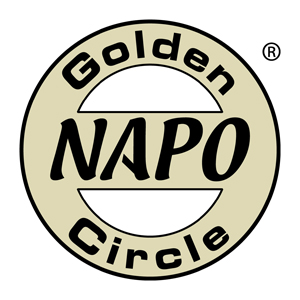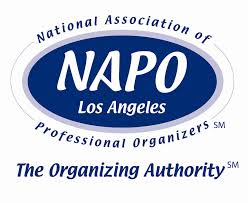The Mass-Media Madhouse
(Press-Central For Handy Soundbites, Useful Info,
And A Good Wet-Your-Pants Laugh)
Home / The Mass-Media Madhouse
(Press-Central For Handy Soundbites, Useful Info,
And A Good Wet-Your-Pants Laugh) / Smead Organomics / As Published In Smead Organomics --
Project Management Made Easy
As Published In Smead Organomics —
Project Management Made Easy

It’s easy to get overwhelmed when faced with a large project. At first glance, all you see is a huge end result that’s supposed to occur at some distant point in the future — and you have no clue how to get from A to B. That’s why having an organized plan in place is vital to the success of any project. Project management is actually quite easy, when you have the right road map.
Bite-Sized Project Management Is Better
Every project (no matter how large, no matter how complex, no matter how seemingly-insurmountable) is just a series of smaller, easier-to-complete tasks — the point of project management is to figure out what those are. And if a step still seems too big, break it down even further — get to the cellular level, if that’s what works for you. For example, putting together your company’s annual budget might include:
- creating a detailed chart of accounts
- gathering financial data from each department
- listing anticipated big expenditures for the next year
- calculating cost projections for regular operating expenses
- compiling the report
Work Backward
Your next step is to create a schedule that will allow you to complete the project on time. Start at the end and work your way backward from your final deadline — asking yourself over and over again when each previous step must be completed for the next step to happen on time.
If your deadline for our budget example is 11/1, you might need the cost projections by 10/20 so you have time to write the report — but you must have the list of expenditures and financial data by 10/13 to give you time to calculate cost projections, so plan to finalize your chart of accounts by 10/7. By setting smaller “milestones” along the way, you can see progress toward your goal, know that you’re on track to complete the project in time, and remove some of the pressure associated with “The Deadline.”
Your “Project Management Box”
Another key to successful project management is organizing your materials. Project files are unlike other home and office paperwork. They’re temporary, and will only be used until the project is completed — so assign these folders a separate drawer or box. You might also need storage for larger project tools. (For example, when remodeling the kitchen — you might have a tub with flooring samples, wallpaper swatches, paint brushes, and cabinet hardware.) Give yourself as much room as you need.
Staying On Top Of What Your Team Is Doing
If your project involves other people, it’s important to have a system for keeping everyone on track. Create a log of tasks for which each person is responsible — with milestones and deadlines for each. Also be sure to schedule regular team meetings — so you have time for brainstorming, group problem-solving, and following up with each member to make sure s/he hasn’t hit a roadblock along the way.
Click here for reuse options!Copyright 2001 RamonaCreel.com
 PS: Wanna instantly rack up some serious virtual cred? I've made it easy for you to share this content with your social networking friends, e-mail it to your peeps, or republish it in your own blog (thereby showing off how smart you are) with these links.
PS: Wanna instantly rack up some serious virtual cred? I've made it easy for you to share this content with your social networking friends, e-mail it to your peeps, or republish it in your own blog (thereby showing off how smart you are) with these links.
(iCopyright widget here)
"I Have More To Say About This... No Surprise!"
If you would like to reprint this page, please contact me





